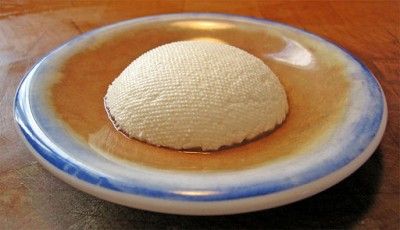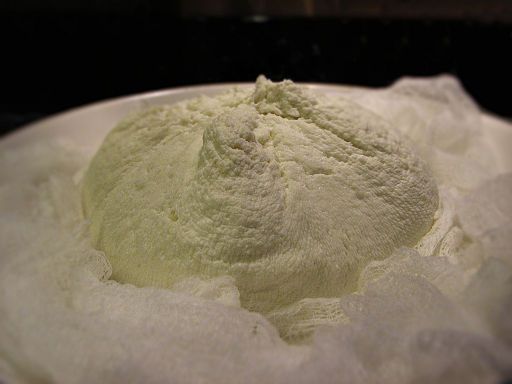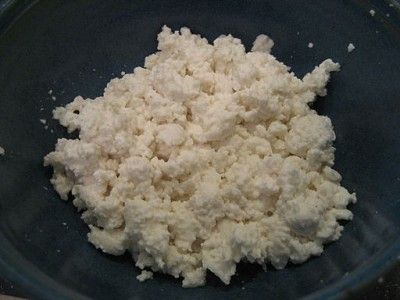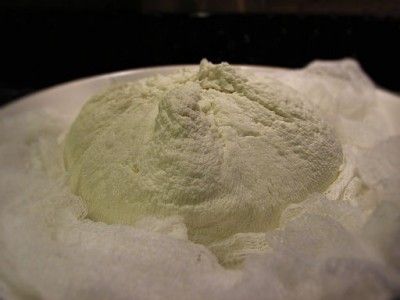Looking for a little culture in your life? Well instead of season tickets to the theatre or French lessons, embrace the culture afforded to us by good, old-fashioned milk. When you think about it, it’s pretty amazing that people way back, on opposite sides of the planet, figured out how to manipulate the proteins in milk and make the many dairy products we enjoy today. No doubt, lots of labor, trial and error and years and years of oral history involved in making the goods we find so commonplace today, so yes, I’ll say it’s culture indeed!
The below recipes will work with regular pasteurized milk. Ultra-pasteurized milk breaks down the protein in milk and prevents curds from forming. Raw milk enthusiasts, go ahead and go raw, granted you abide by the dicates for cooking with and consuming raw milk. Regular milk lovers (myself included) can use good old pasteurized milk organic or regular and get to making those curds (and whey)! No whey!
Buttermilk
Want to make buttermilk pancakes but don’t want to have to run out to the store? Well, did you know making buttermilk is a simple as adding white vinegar or fresh squeezed lemon. For every cup of milk (whole milk works best) add one tablespoon vinegar of lemon. Stir and let it sit at room temperature for 15 minutes. That’s it! The resulting buttermilk won’t be as thick as store bought buttermilk but works great for baking (your pancakes won’t notice the difference).
Cottage Cheese
¾ cup white vinegar (or lemon)
Salt to taste
Will yield approximately 4 cups
Or for a Half batch
8 cups milk
6 tablespoons white vinegar (just under 1/3 cup, fyi)
You will also need a colander, cheesecloth and a thermometer.
Directions: In a big pot, heat milk to 120°F. Turn heat off and move pot to a cool burner. Immediately add vinegar. Stir slowly for 1-2 minutes. You will see the curds start to form and clump together leaving the whey, whey behind. Slowly pour the contents of the pot into a colander lined with cheesecloth. Allow to drain for 5-10 minutes. Grab the corners of the cheesecloth and squeeze into a ball. Rinse under cold water to cool the entire ball of cottage cheese. Once cool, transfer to a bowl, preferably glass or porcelain, and break up any large clumps. Add salt to taste. Keeps for 7 days.
Queso Fresco
¾ cup white vinegar
Salt to taste
Will yield approximately 2 large rounds of cheese.
For this recipe, you will need more cheesecloth! Line the colander with cheesecloth and soak some more cheesecloth in cold water so it’s ready to go. One double layer 6” x 6” cube should be fine.
If this looks a whole lot like the cottage cheese recipe above, that’s probably because it’s just about the same thing. The only difference here is this recipe calls for skim milk, not whole, since I find skim actually makes a better, fresher tasting queso fresco which is what the cheese is all about.
Directions: In a big pot, heat milk to 120°F. Turn heat off and move pot to a cool burner. Immediately add vinegar. Stir slowly for 1-2 minutes. You will see the curds start to form and clump together leaving the whey, whey behind. **Using a slotted spoon, grab as many of the clumps as possible and transfer into lined colander. Allow to drain for 5-10 minutes. Grab approximately half of the mixture and the corners of the cheesecloth and squeeze into a ball. Run under cold water until curds become cool, approximately 3-5 minutes. Twist the cheesecloth to further extract liquid and encourage more clumps to form. Secure with knot or clean rubber band. Repeat the process for the remaining curds. Rinse colander. Place a baking sheet beneath colander. Add cheese rounds to colander and then cover each round with a plate or saucer that’s weighed down with canned tuna or something heavy enough to help press the cheese beneath. Chill for an hour and then it’s ready to slice! **Note, though it may be tempting, don’t store the cheese in the cheesecloth. Instead, unwrap and transfer to a plastic storage container. Will keep for 7 days.
Faux Ricotta

Real, good, Italian ricotta is actually a tad bit lighter and is made from the whey leftover after making other cheeses like mozzarella. But this “faux ricotta” tastes a whole lot like the real thing (better than cheapo-store-bought), has no additives, and will take about 30 minutes to make and an hour to chill. Want to give it a whirl? All you have to do is repeat everything that went into making the Queso Fresco above with one difference: heat the milk to about 165-170°F. It doesn’t have to be on the head, this cheese is pretty lenient. Asides from that, it’s all exactly the same, really and truly. Now if you’re making it for lasagna or cheesecake and are in a rush, just make sure to cool it in running water and chill at the coldest part of your fridge in a metal bowl if possible, for 30 minutes.
**Did you know whey’s distinctive acidic profile makes it a baker’s favorite for breads, muffins and other goodies! No whey! LOL.
Until next time….
Happy Eating!







